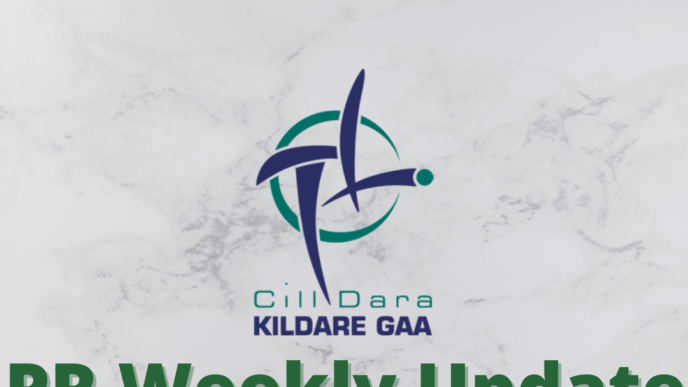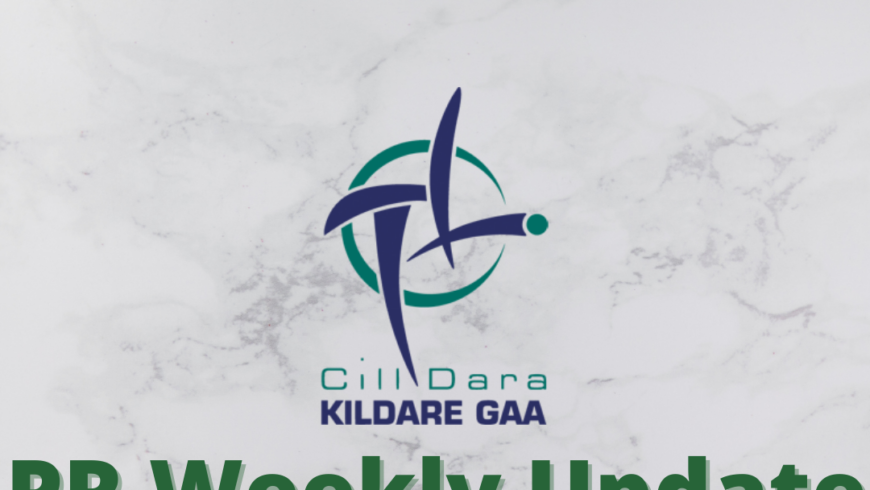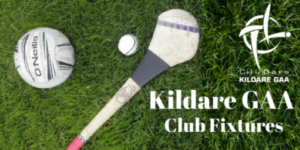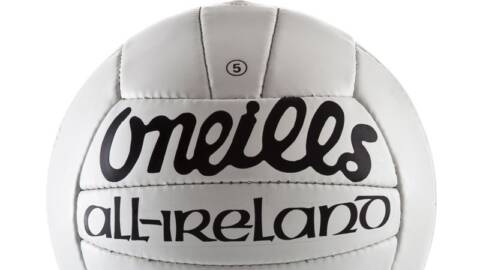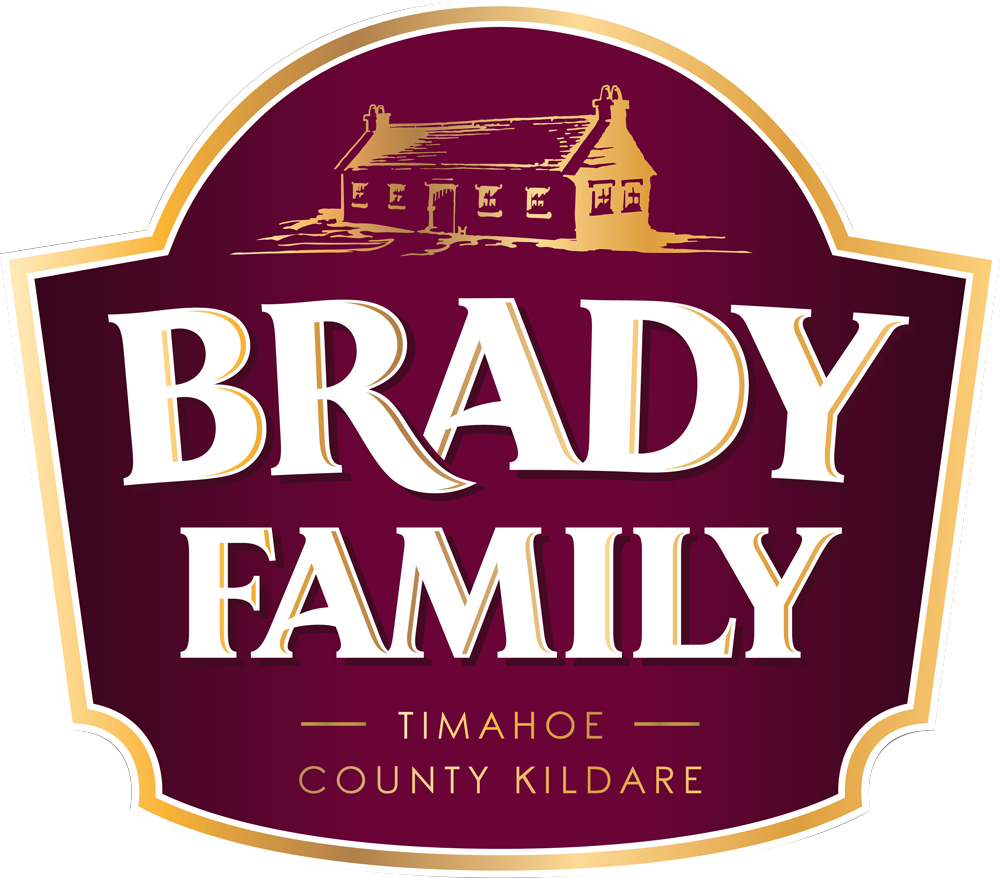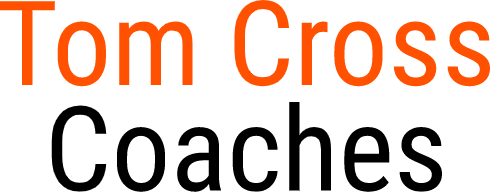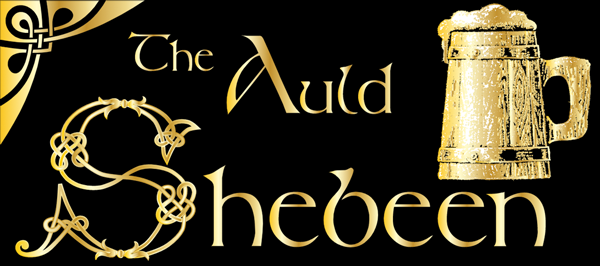
A Chairde,
This week’s 2 page edition includes “Bits & Bytes” from the past week along with an article composed by Lorcán O’Rourke on GAA match reportage.
“Bits & Bytes”
-
Best wishes to the Kildare Senior Hurlers who take on Westmeath in Rd3 of the Joe McDonagh Cup in Cusack Park, Mullingar tomorrow. The team was announced last night and can be accessed via https://kildaregaa.ie/kildare-senior-hurling-team-v-westmeath/
-
The Minor Football Team also take to the field tomorrow when they take on Carlow in Rd2 of the Leinster Minor Football Championship @ 12noon in St. Conleth’s Park. The team was also announced last night https://kildaregaa.ie/kildare-minor-football-team-v-carlow/ The fixture will be streamed on Kildare GAA YouTube https://youtu.be/314vB5zobCY
-
The Minor Hurlers progressed to the Quarter Finals of their Championship beating Laois on Wednesday evening. Next up is Wexford on Wednesday evening @ 7:30pm in St. Conleth’s Park.
-
The story of the week was the U20 Hurlers who at one stage on Tuesday evening were trending at 3 in Ireland when they overcame Wexford in a thriller courtesy of a last minute point from Liam Dempsey. Their prize is a Quarter Final fixture v Offaly on Tuesday next in O’Connor Park, Tullamore.
-
Ticket arrangements for Sunday week’s Leinster Senior Football Championship Semi Final was issued to Clubs during the week. The fixture v Westmeath will be played on Sunday 18th July @ 2pm in Croke Park. The fixture will be streamed live on GAAGo
-
The GAA has appointed a Digital Sliotar Work Group with the intention of overseeing the regulation of the production of sliotars for use in official GAA competitions. The group is comprised of Chairperson – Ned Quinn (Mooncoin); Louise Conlon (Clane & Croke Park – Camogie); Bob Ryan (Inniscarra); Terry Reilly (Gort na Móna); Eoin Mac Donnacha (Baile an Doirín): Brendan Cummins (Ballybacon Grange); Pat Daly (Ratoath and Croke Park).
-
The Leinster GAA Culture & SCÓR Committee are organising Amhrán na bhFiann workshops for Leinster counties on July 12th. There will be also be workshop for Scór na nÓg and one for Scór Sinsir. Those interested are asked to contact Kildare SCÓR Secretary Rita Doyle.
-
Croke Park issued a Covid update during the week. Clubs are reminded for club games, dressing rooms must remain closed. Outdoor meetings should continue to be held remotely or outdoors (maximum of 15 people) until further notice – indoor meetings are not permitted.
-
Kellogg’s GAA Cúl Camps will return to TG4 for a second season after last year’s hugely successful run. Starting at 7.30pm this Monday, the 6-week series will also be available on the TG4 player TG4.ie, making the return to camp activity, both live and on demand, available to everyone at home and abroad.
